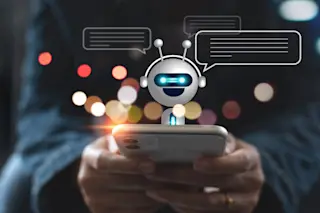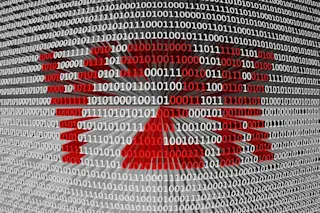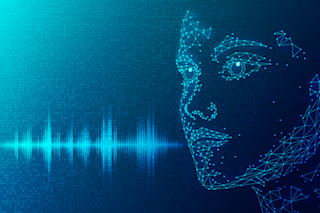If you want to find alien life-forms, hold off on booking that trip to the moons of Saturn. You may only need to catch a plane to East Lansing, Michigan.
The aliens of East Lansing are not made of carbon and water. They have no DNA. Billions of them are quietly colonizing a cluster of 200 computers in the basement of the Plant and Soil Sciences building at Michigan State University. To peer into their world, however, you have to walk a few blocks west on Wilson Road to the engineering department and visit the Digital Evolution Laboratory. Here you’ll find a crew of computer scientists, biologists, and even a philosopher or two gazing at computer monitors, watching the evolution of bizarre new life-forms.
These are digital organisms—strings of commands—akin to computer viruses. Each organism can produce tens of thousands of copies of itself within a matter of minutes. Unlike ...













